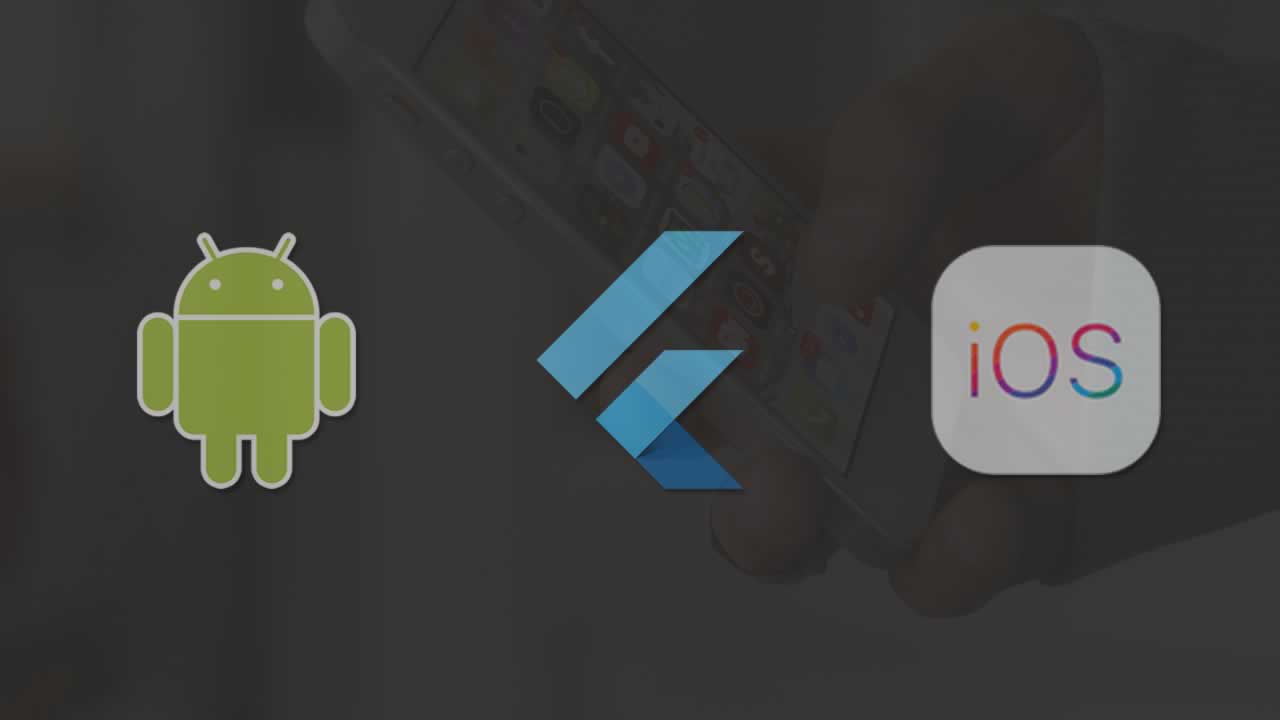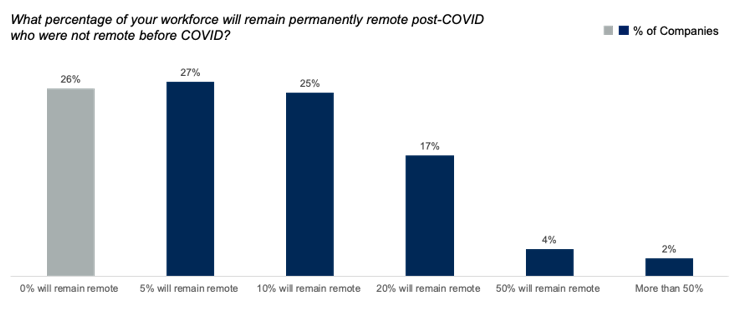Digital transformation is now a buzzword. And for good reason. There are benefits to reap from it. According to a McKinsey article titled Welcome to the Digital Factory: The answer to how to scale your digital transformation, companies are already reaping its benefits:
- More effective resource utilization
- Shipping products faster to market
- More targeted talent acquisition allowing businesses to pivot for better competition
The question then is no longer which companies or industries should join the digital transformation bandwagon. It is a matter of when.
In this article, we define digital transformation, take a look at what it’s not, its components, and explore technology as one of its key drivers.
What digital transformation means
Digital transformation is in essence, the reimagining or rethinking how businesses or organizations use technology. It can be seen as implementing the ‘result’ of the aforementioned thinking process.
Of interest is the fact that digital transformation is sometimes a response spurred by changes in customer behavior or brand expectations or even competition, or simply market demands.
In order for digital transformation to succeed, there is a need for collaboration across the entire organizations’ departments and the people in them.
What digital transformation is not
Now that we have defined what digital transformation is, let us look at what it isn’t:
It’s not a ‘one size fits all’
Digital transformation is by no means a ‘one size fits all’. If a business or organization decides to use another company’s digital transformation as a blueprint of their own, then they are highly likely to run into problems sooner or later. Each business’s unique set of circumstances must be taken into consideration.
It’s not synonymous to job loss
Some people in the organization may resist digital transformation as they are afraid of losing their jobs. It is important that the team in charge of leading digital transformation in your organization communicate that digital transformation can take care of the mundane tasks, leaving the employees to focus on their core.
It’s not just about technology
A lot of factors need to come into play for digital transformation to succeed. Yes, you need to have the right technologies and tools, and the people to build them. You however also need your employees on board with the whole digital transformation idea. You need to involve the users that you are targeting, and you need to have your business model figured.
For example, if you are building technology to automate your employees’ mundane tasks, you need to involve them. Let them understand the benefits of the technology and hear their pains out. They understand their everyday tasks since they are the ones ‘on the ground’.
Technology as the vehicle of digital transformation
There is undoubtedly no digital transformation without technology. Technology is the tool, the vehicle that allows digital transformation to get to its destination. Once a business or organization has figured the things that need to change, improve, or introduce, then technology comes in to help build the necessary tools and solutions.
Technologies that are leading digital transformation
Let us explore the technologies that are making digital transformation possible.
The cloud
According to a Gartner forecast, the cloud services market will be worth $266 billion in 2020, a 17% increase. This is because companies are opting for cloud as the de facto digital transformation technology.
Cloud comes with several benefits which companies want to take full advantage of:
- more regular backups
- automated database updates
- lesser hardware upgrades, as you can easily scale with the cloud
- reduced downtime as testing can be done separately from live servers
Data science
Companies are leveraging the data they collect from various sources to use in decision making. Data science allows for the analysis of large data sets that helps businesses get information about customer behavior and expectations, and even insights on risk in the business. It helps businesses see the aspects of the business that need to be transformed and optimized.
Data science also makes it possible to see emerging trends in the business that can help make predictions. For eCommerce stores, for example, it is possible to see trends in the types of items purchased during certain times in a month for example, and to stock more of those products.
Artificial Intelligence (AI)
The terms AI and ML (Machine Learning) can be confusing. AI is the bracket term for technologies that make machines ‘smart’. In that sense then, ML is a part of AI. ML involves building models that make it possible to make machines, or software ‘smart’. The models are largely predictive and therefore aid in decision making.
In a 2019 Gartner CIO survey, the use of AI by enterprises has increased by a whopping 270% over the last 4 years.
Machine Learning
Machine Learning comes in to aid in decision making and predictions. With Machine Learning, large data sets can be used for example to help personalize customer experiences. Data points about the customer’s purchase behavior can be analyzed, and the customer is only served information that is related to the purchased products, for example via email marketing.
With Machine Learning, a business is able to build models that can be used for predictions and test them over and over. It can also be leveraged to scale up existing processes within your business.
IoT
IoT (Internet of Things) refers to the extended capabilities of other ‘things’ – devices or other environments – to be able to connect to the internet. Why this is important to digital transformation is because these other ‘things’ are able to collect data points which can further be used in the streamlining of the digital transformation process.
A smartwatch that a consumer uses for tracking fitness can collect data points for a fitness company that even the user themselves may not be able to. This way, the fitness company can fine-tune its product or service offering to better meet customer needs.
Blockchain
Blockchain comes in to help with the efficiency of transactions over a network, for example in tracking cargo as it moves from region to region, or in the creation of the distributed ledger (databases that are accessible by different parties, for example, different companies) for the sake of more efficient tracking of transactions.
In conclusion
We have explored the concept of digital transformation and the technologies that power it. As we have mentioned, technology is only a vehicle, and on its own will not help your business achieve the digital transformation that it needs. You need the right team, mindset and strategy to work in tandem with technology in order to see the success of your digital transformation journey.
Are you looking for a software development company to help you build your digital transformation tools? Contact us today.
PS: If you found this article useful, you can help us out by sharing it















